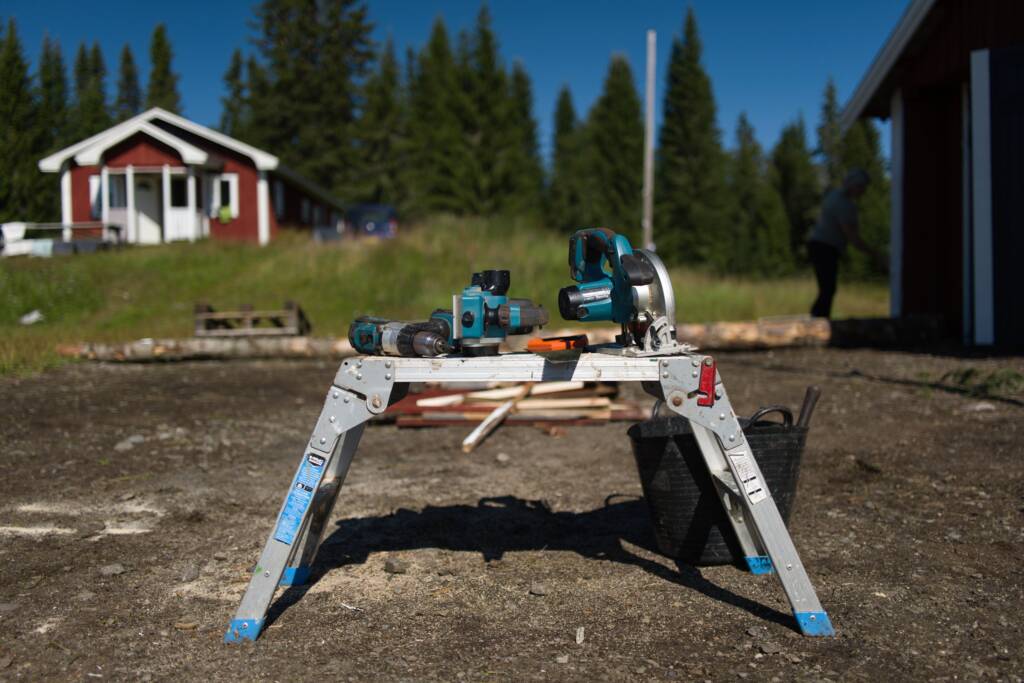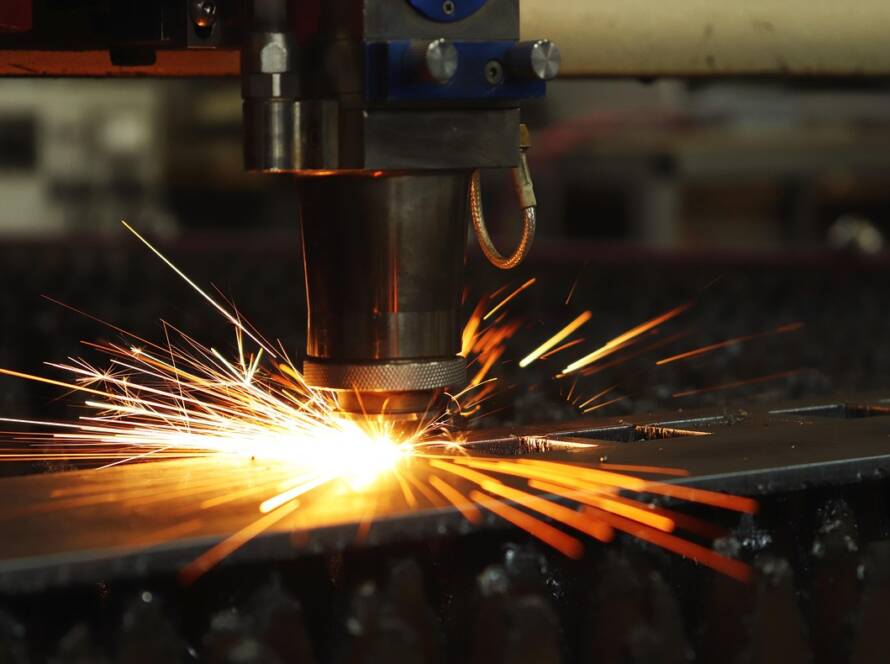Are you fascinated by the artistry and precision involved in metalworking? If so, get ready to dive into the world of saws in production! From massive bandsaws that effortlessly slice through steel beams to intricate jeweler’s saws meticulously crafting delicate designs, these tools are the unsung heroes behind every metal masterpiece.
Join us as we explore the different types of saws used in production, their unique capabilities, and how they play a crucial role in shaping our modern world. Whether you’re a seasoned pro or simply curious about this captivating field, this blog post will have you hooked from the first cut!
Types of saws used in production
Saws are one of the most commonly used tools in production, especially when cutting through metal.
They come in various shapes and sizes, each designed for a specific purpose. In this section, we will explore some of the most commonly used types of saws in production: circular saw, band saw, table saw, and more.
1) Circular Saw:
Circular saws are versatile tools that can be used for both straight cuts and angled cuts. They consist of a circular blade with sharp teeth that rotate at high speeds to cut through various materials, including metal. The blade is attached to a motor, which provides the power needed for cutting. Circular saws are available in different sizes, ranging from hand-held models to large stationary ones used in industrial settings.
2) Band Saw:
Band saws use a continuous band-style blade of teeth on one edge to make precise cuts on metal or other materials. The blade runs between two wheels and moves up and down as it cuts through the material. These types of saws are ideal for curved or irregular-shaped cuts due to their ability to follow a pattern accurately. They also have adjustable speed settings, making them suitable for cutting through different metals.
How does each type of saw operate, and what are their specific uses?
Several types of saws are commonly used in metal production; each operates uniquely to achieve specific cutting results.
Understanding the differences between these saws and their specific uses can greatly improve efficiency and accuracy in metalworking processes.
- Band Saw
The band saw is popular for cutting metal due to its versatility and precision. It consists of a long, continuous blade with teeth along one edge that runs over two wheels, allowing for consistent cutting motion. The blade tension can be adjusted to achieve different cutting speeds, and the cut’s width can also be controlled by changing blades. Band saws are ideal for straight cuts on large pieces of metal, making them commonly used in workshops and factories. - Circular Saw
Circular saws use a circular blade with sharp teeth to cut through metal at high speeds. They are powered by electricity or compressed air, making them suitable for heavy-duty cutting tasks such as slicing through thick sheets of steel or pipes. The angle of the blade can be adjusted to achieve miter cuts or angled edges, making circular saws great for creating intricate designs or shapes.
Advantages and disadvantages of using different types of saws
When cutting through metal, various types of saws can be used. Each type offers its advantages and disadvantages, depending on the project’s specific needs. This section will discuss the pros and cons of using different types of saws for cutting through metal.
- Hand Saws:
Hand saws are one of the most basic tools for cutting through metal. They come in a variety of shapes and sizes, with each type designed for a specific purpose. The main advantage of hand saws is their portability and ease of use. They do not require any power source or setup time, making them ideal for small DIY projects or quick repairs.
However, hand saws have limited cutting capacity and may not be suitable for thicker or harder metals. Also, they require physical effort to operate and may result in imprecise cuts if not handled properly. - Hacksaw:
Hacksaws are another popular choice for cutting through metal by hand. They have a thin blade with fine teeth, allowing for more precise cuts than other hand saws. One major advantage of hacksaws is their versatility – they can cut through a wide range of metals, including steel, aluminum, brass, and copper.
On the downside, hacksaws also require manual effort, which can be tiring when working on larger projects. Additionally, they have limited depth capacity, so they cannot cut thicker materials effectively.
Safety precautions when operating a saw in production
Safety is a top priority in any industrial setting, and this is especially true when it comes to operating saws. These powerful tools are essential in metal production, but they also have potential hazards that must be carefully managed.

Whether you are using a circular saw, band saw, or any other type of saw in your production process, certain safety precautions should always be followed to ensure workers’ well-being and the facility’s smooth operation.
- Wear Appropriate Protective Gear
The first step in staying safe while operating a saw is to wear the right protective equipment. This includes safety glasses or goggles to protect your eyes from flying debris, earplugs or earmuffs to reduce noise levels, and gloves to protect your hands from sharp edges or hot surfaces.
Additional gear, such as face shields or aprons, may also be necessary depending on the type of saw used and the cut material.
- Familiarize Yourself with the Saw
Before starting work with a new type of saw, take some time to familiarize yourself with its features and controls. Read the manufacturer’s manual thoroughly and pay special attention to safety instructions.
Before beginning work, ensure you understand how to adjust blade guards, change blades properly, and set cutting depths.
Innovative advancements in saw technology for more efficient cutting
In the world of metal production and manufacturing, efficiency is key. Every second counts when cutting through tough materials, and advancements in saw technology have significantly improved productivity and reduced business costs.
One of the most notable innovations in saw technology is the development of laser-cutting machines. Unlike traditional saws that rely on physical blades to make cuts, laser cutters use a powerful beam of light to make precise cuts without any contact with the material.
This allows for quicker and more accurate cuts and the ability to cut through thicker materials that may be difficult or impossible for traditional saws.

